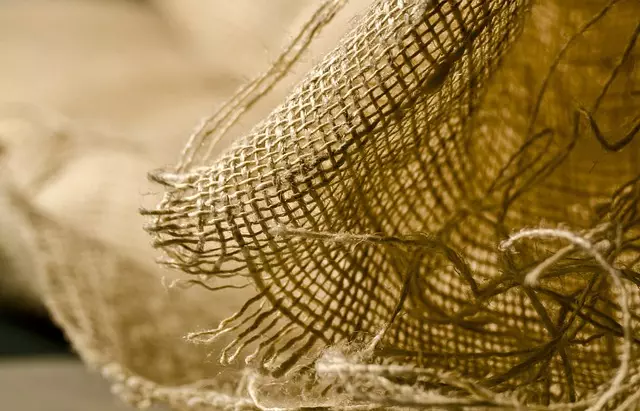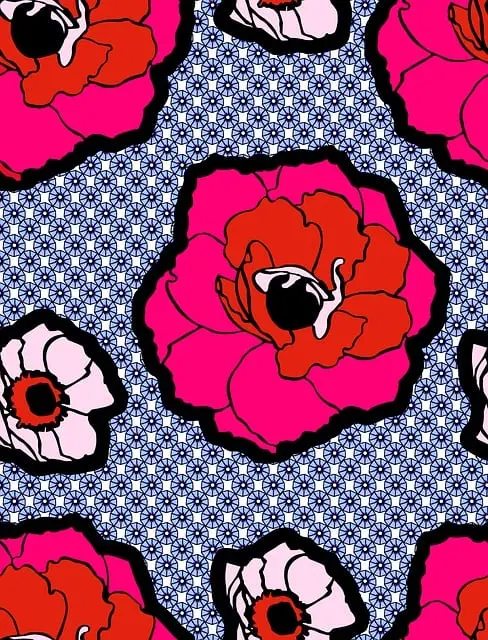The article explores the potential benefits of various kratom strains for managing muscle soreness, highlighting Maeng Da's invigorating and pain-relieving effects due to its alkaloid profile, Bali kratom's calming impact suitable for long-term pain or relaxation, and Indo kratom's balanced stimulation-sedation properties that cater to a variety of muscle pains without causing excessive drowsiness. It advises users to start with low doses to understand their individual tolerance and effects, and emphasizes the importance of adhering to safe usage practices and consulting healthcare professionals before use, especially for those with health concerns or on other medications. The section also explains that kratom's potential analgesic properties stem from its interaction with opioid receptors, particularly through its primary compounds, mitragynine, and 7-hydroxymitragynine. It notes the scientific community's ongoing investigation into how kratom influences pain perception and underscores the need for careful strain selection based on personal needs and preferences when considering kratom as part of a holistic approach to muscle recovery and pain management.
Muscle soreness, a common ailment affecting individuals from athletes to everyday exercisers, can hinder one’s ability to maintain an active lifestyle. Exploring natural remedies has become increasingly popular, leading many to consider kratom for its potential pain-relieving properties. This article demystifies how different strains of kratom can offer relief from muscle soreness and delves into the scientific basis behind its analgesic effects, contributing to the discourse on its role in muscle recovery. Whether you’re a seasoned user or new to the concept of kratom, this guide will provide clarity on the varieties of strains that may aid in targeted soreness alleviation.
- Unraveling the Mysteries of Muscle Soreness Relief with Kratom: A Guide to Different Strains
- The Science Behind Kratom's Analgesic Effects and Its Role in Muscle Recovery
- Exploring the Varieties of Kratom Strains for Targeted Soreness Alleviation
Unraveling the Mysteries of Muscle Soreness Relief with Kratom: A Guide to Different Strains

Exploring the realm of natural remedies for muscle soreness, kratom has garnered attention for its potential therapeutic properties. This tropical evergreen tree native to Southeast Asia offers a variety of strains, each with distinct alkaloid profiles that may influence their effects on the body. Understanding different strains of kratom becomes crucial when seeking muscle soreness relief, as the right strain can make a significant difference in managing discomfort.
Among the most recognized kratom strains are Maeng Da, Bali, and Indo. Maeng Da kratom is celebrated for its invigorating and pain-relieving effects, which may stem from its higher alkaloid content, particularly mitragynine and 7-hydroxymitragynine. These compounds are thought to interact with the body’s opioid receptors, potentially offering relief from muscle soreness. Bali kratom is known for its sedating qualities, making it a preferred choice for those experiencing chronic pain or seeking relaxation. Indo kratom, on the other hand, offers a more balanced effect, combining both stimulating and relaxing properties, which can be beneficial for managing various types of muscle pain without overpowering fatigue or energy levels. When incorporating kratom into a regimen for muscle soreness relief, it is essential to start with a lower dose to assess tolerance and effects. Additionally, users should adhere to responsible usage guidelines and consult with a healthcare provider before integrating kratom into their wellness practices, especially if they have underlying health conditions or are taking other medications.
The Science Behind Kratom's Analgesic Effects and Its Role in Muscle Recovery

Kratom, a tropical deciduous tree native to Southeast Asia, has garnered attention for its potential analgesic effects, which may be beneficial for muscle soreness relief. The active compounds found in kratom, principally mitragynine and 7-hydroxymitragynine, interact with the body’s opioid receptors, providing pain-relieving properties. These interactions can help alleviate discomfort associated with muscle strains or post-exercise soreness. The scientific community is still deciphering the intricacies of how kratom influences pain perception, but it is believed that its effects on mu, delta, and kappa opioid receptors contribute to its analgesic action.
Different strains of kratom, such as Maeng Da, Bali, and Thai, each possess unique alkaloid profiles that may influence their pain-relieving effects. For instance, some strains are purported to offer more energizing effects, while others might be more sedating. Users often select strains based on the nature of their discomfort or personal tolerance levels. In the context of muscle recovery, kratom’s ability to potentially reduce pain and inflammation may facilitate a more comfortable return to physical activity. Its role in aiding muscle recovery is multifaceted; not only can it help manage pain, but there is also anecdotal evidence suggesting it may enhance mood and stamina, which are important factors in the healing process. As with any supplement or medication, it is crucial to consult healthcare professionals before incorporating kratom into a muscle recovery regimen, especially given its potential for interaction with other substances and its regulatory status in various regions.
Exploring the Varieties of Kratom Strains for Targeted Soreness Alleviation

When seeking muscle soreness relief, individuals often explore a variety of natural remedies, and among these, kratom has gained attention for its potential benefits. Kratom, a tropical evergreen tree native to Southeast Asia, offers different strains that can be leveraged for targeted soreness alleviation. Each strain of kratom contains distinct alkaloids, which are believed to interact with the body’s opioid receptors, potentially offering pain-relieving effects.
The most commonly recognized strains of kratom include Maeng Da, Bali, and Thai, each offering unique properties. Maeng Da kratom is celebrated for its potency, often used to promote overall well-being and energy levels while addressing discomfort. Bali kratom, on the other hand, is known for its calming effects, which can be particularly beneficial for muscle soreness that arises from chronic stress or overuse injuries. Thai kratom strains are typically associated with a balanced effect, offering both stimulating and soothing properties, making them versatile for various types of muscle soreness. Users often experiment with different dosages and strains to determine the most effective combination for their specific needs. It’s important to approach the use of kratom with caution, as it can have varying effects based on individual physiology and tolerance levels. Always consult with a healthcare professional before incorporating kratom into any regimen for pain management. Understanding the different strains of kratom explained can empower individuals to make informed choices about their approach to muscle soreness relief.
Muscle soreness can be a significant impediment to an active lifestyle, yet relief may now be found in the diverse qualities of kratom. This article has peeled back the layers of understanding surrounding muscle soreness relief with kratom, illuminating the science behind its analgesic effects and the nuanced roles different strains can play in muscle recovery. From the guide to various kratom strains, it’s clear that users have a range of options to explore for targeted relief. Incorporating kratom into one’s wellness regimen could be a meaningful step towards maintaining an active and healthy routine. As always, it’s crucial to consult with healthcare professionals before integrating kratom into your personal health practices, ensuring safe and effective use.






